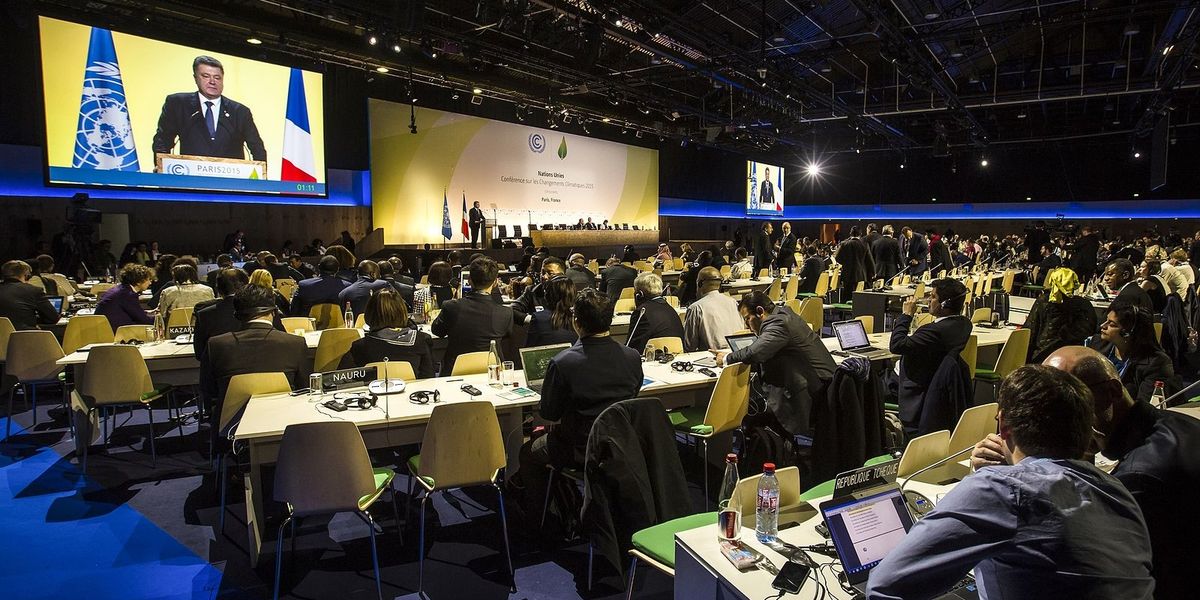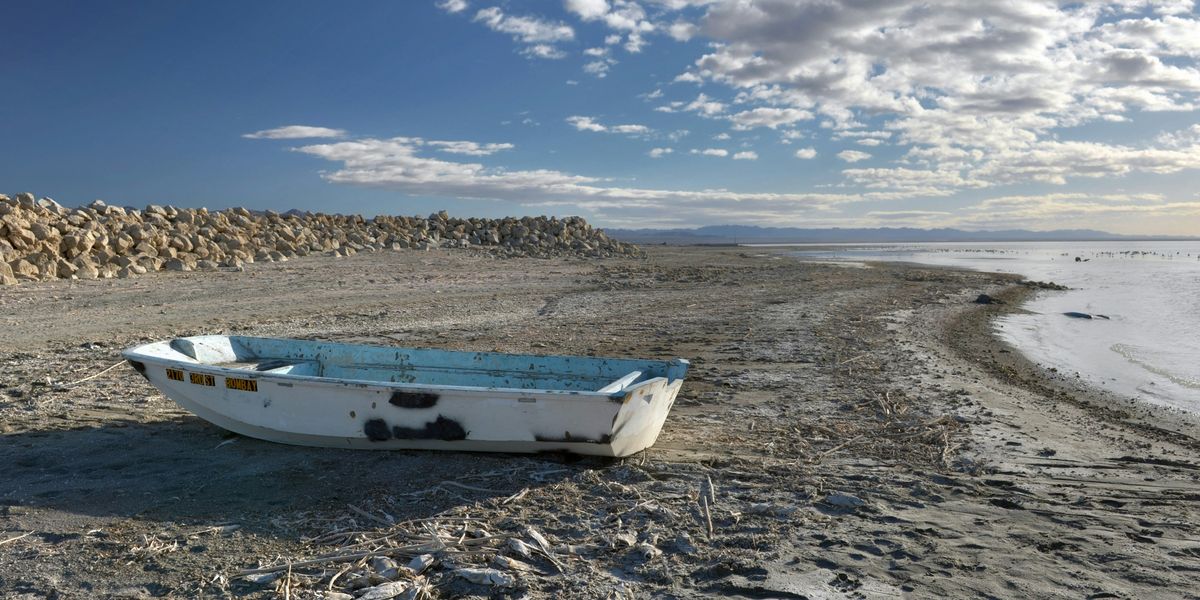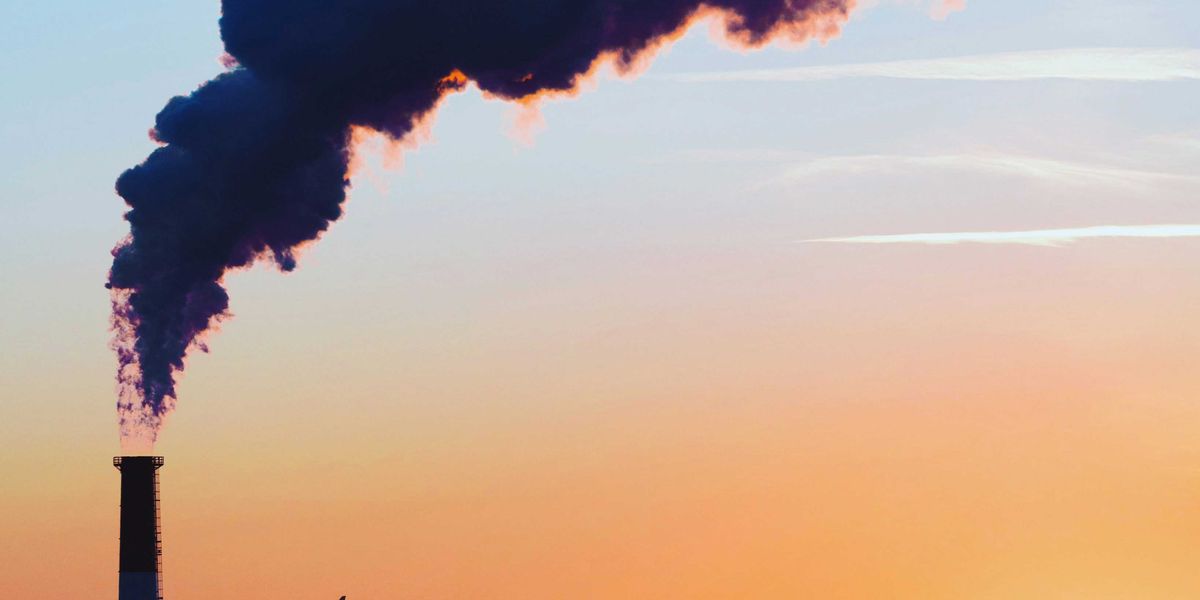Wildfires in New Jersey are sparking new concerns about health effects from smoke
A spike in wildfires across New Jersey and beyond is prompting researchers to investigate the health risks posed by rising smoke exposure, as hospitals report upticks in respiratory cases and scientists warn current air quality standards may fall short.
Anna Mattson reports for Inside Climate News.
In short:
- The Jones Road fire burned more than 15,000 acres in April, prompting evacuations, degraded air quality, and hospital visits, but New Jersey lacks the infrastructure to track health data across emergency departments in real time.
- A Rutgers study found that during the 2023 Canadian wildfire smoke event, asthma-related emergency visits in New Jersey rose by 112% in a single day, highlighting how vulnerable people are to distant fires.
- Scientists say the fine particles in wildfire smoke can bypass current pollution measures and reach the bloodstream and brain, with possible links to systemic health effects like elevated blood pressure and neurological harm.
Key quote:
“You cannot really compare apples with oranges. So we have a problem, because the PM2.5 standard is not adequate to capture these wildfire nanoparticles.”
— Philip Demokritou, professor of nanoscience and environmental bioengineering at Rutgers School of Public Health and co-author of the study
Why this matters:
As wildfires become more frequent and intense across North America, smoke is no longer just a local problem: It travels across state and national borders, exposing millions to toxic air. Unlike seasonal smog or pollen, wildfire smoke contains ultra-fine particles and chemical pollutants from burning plastics, metals, and organic matter. These particulates can pass into the bloodstream and even the brain, potentially affecting respiratory, cardiovascular, and neurological systems. Many areas like New Jersey, historically unaccustomed to large fires, are underprepared to monitor, measure, or respond to this emerging public health risk. With current pollution metrics like PM2.5 potentially underestimating the danger, experts warn we may not be seeing the full picture of wildfire smoke’s impact.
Learn more: Wildfire smoke from Canada continues to choke U.S. cities as climate patterns worsen













